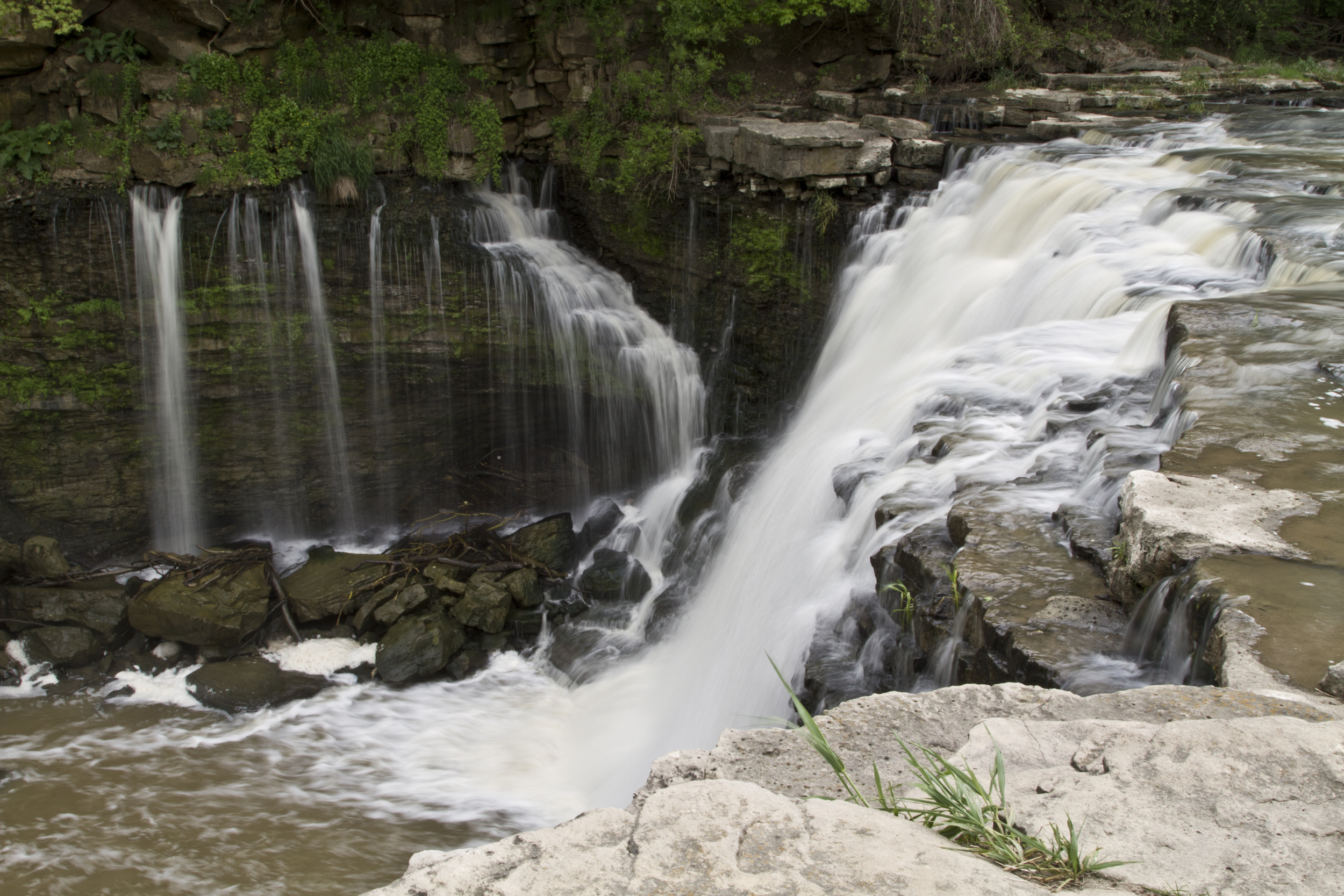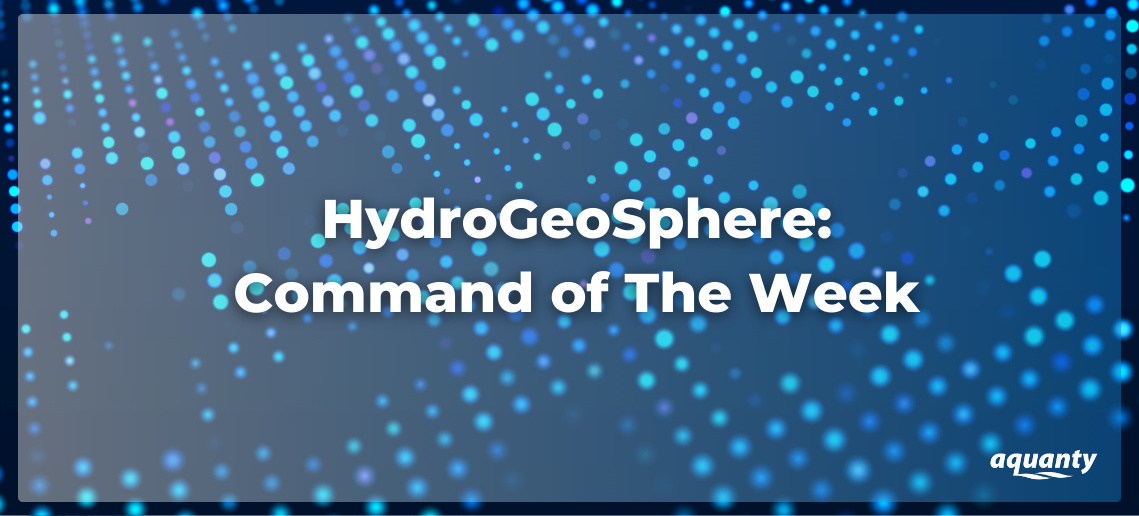

Zero Order Source with Partitioning
This post introduces the new zero-order source with partitioning command, added to HGS in revision 2291 (August 2021 update). This command enables more realistic modeling of gaseous species production in the unsaturated zone (USZ), considering the partitioning between the aqueous and gas phases based on solubility and water saturation.
HGS RESEARCH HIGHLIGHT – Development of an integrated numerical flow model in the Prairie Environment
A recent publication by researchers at the University of Regina uses HydroGeoSphere to investigate the impact of climate variability and different groundwater withdrawal scenarios on groundwater levels in the Leech Lake aquifer. This paper provides an excellent introduction to the use of HGS in semi-arid prairie regions, making use of the built-in evapotransporation and snowmelt processes to estimate overall recharge rates under various climate scenarios (including extreme drought).

Simple Drain and Makeup Water Boundary Conditions
This post describes how to use two boundary conditions that maintain a target head in the event that head would exceed (simple drain) or undershoot (makeup water) a specified value. Conceptually we can think of these boundary conditions as one-way boundary conditions where water can only enter (makeup water) or exit (simple drain) the system and are active only when the target value is reached. We find these two boundary conditions very useful when trying to represent water management scenarios.
